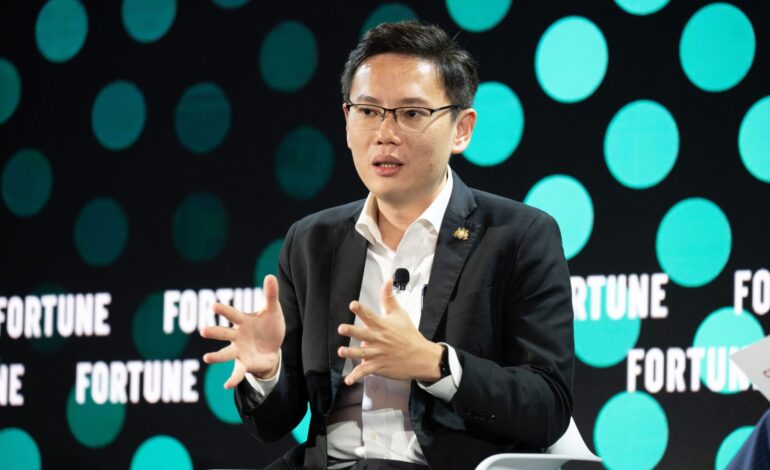Johor-Singapore SEZ Aims to Attract $24.1 Billion in Investments

The newly established special economic zone (SEZ) between Johor, Malaysia, and Singapore aims to secure an impressive total of 100 billion Malaysian ringgit (approximately $24.1 billion) in investments by the end of 2025. This ambitious target follows an already significant investment of 56 billion Malaysian ringgit (around $18.5 billion) during the first half of the year.
YB Lee Ting Han, the chair of the Johor State Investment, Trade, Consumer Affairs and Human Resources Committee, emphasized the uniqueness of the SEZ at the Fortune Innovation Forum held in Kuala Lumpur on January 15, 2025. He articulated that the initiative is not merely about presenting a more attractive industrial park but rather about creating a sustainable economic ecosystem that will connect local small and medium-sized enterprises (SMEs) to global supply chains.
Vision for Sustainable Growth
Lee highlighted the need for the SEZ to foster brands that originate within the zone and to develop a regional champion that can thrive in the long term. He asserted, “We really need to be able to connect our SMEs to global supply chains and to create brands owned within the zone.” This vision is critical as both nations look to enhance their economic collaboration through the SEZ, which is also designed to expedite high-value projects and facilitate the seamless movement of goods and people across the border.
Despite the optimistic projections, attracting major corporations to invest in the Johor-Singapore SEZ presents challenges. Lee pointed out that companies require a strong business case beyond merely lower operational costs. They seek assurances of long-term returns and sustainable investment opportunities. “Collectively, we can work on a five to ten-year time frame so that investors can have more clarity, so that it can survive at least one investment cycle, and they can recover their capital,” he noted.
Infrastructure and Connectivity Enhancements
Addressing logistical challenges, Lee discussed planned infrastructure improvements aimed at enhancing connectivity between Johor and Singapore. One key initiative includes developing rail services capable of transporting approximately 10,000 people per hour in each direction, expected to be operational by January 2027. Additionally, the implementation of a QR code clearance system has significantly improved mobility between the two regions, with around 150,000 Malaysians already registered. Expectations are set for this number to reach 500,000 by the end of 2025.
The SEZ will focus on 11 key sectors, including logistics, manufacturing, financial services, business services, digital economy, tourism, food security, education, health, energy, and the green economy. This strategic selection aims to ensure a diversified and resilient economic environment that caters to various industries.
As the Johor-Singapore SEZ progresses, the collaboration between Malaysia and Singapore is expected to redefine regional economic dynamics, creating opportunities for growth that extend beyond borders. The unified efforts of both governments, along with the Johor state administration, are crucial in crafting a compelling narrative that attracts investors and drives sustainable development in the region.






